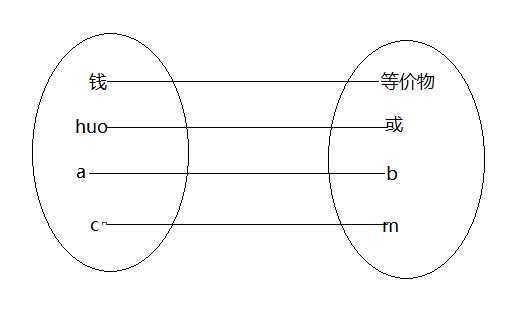[Python]字典的简单用法
Posted zlc364624
tags:
篇首语:本文由小常识网(cha138.com)小编为大家整理,主要介绍了[Python]字典的简单用法相关的知识,希望对你有一定的参考价值。
Python中的字典与现实中字典类似,从字典中可以找到“鱼”字:鱼类是体被骨鳞、以鳃呼吸、通过尾部和躯干部的摆动以及鳍的协调作用游泳和凭上下颌摄食的变温水生脊椎动物。类比到Python的字典中,把“鱼”这个字称为“键(key)”,把其对应的含义称为“值(value)”。
字典是Python中唯一的映射类型,映射是数学上的一个术语,指两个元素集之间相互对应的关系。

字典的几种创建方法
1 dict1=dict(((‘F‘,70),(‘i‘,105),(‘s‘,115),(‘h‘,104),(‘c‘,67))) 2 dict2=dict(F=70,I=105,S=115,H=104,C=67) 3 dict3=dict(((‘F‘,70),(‘I‘,105),(‘S‘,110)))
字典的内置方法:
1.fromkeys()
fromkeys()方法用于创建并返回一个新的字典,有两个参数,第一个是字典的键,第二个是可选的值,若不输入则默认为None。
dict3= print(dict3.fromkeys((1,2,3))) dict4= print(dict4.fromkeys((1,2,3),"Number"))
输出结果则是:
1: None, 2: None, 3: None
1: ‘Number‘, 2: ‘Number‘, 3: ‘Number‘
2.keys(),values(),items()
keys()用于返回字典中的键,values()用于返回字典中的所有的值,items()用于返回字典中所有的键值对应关系。
dict5= dict5=dict5.fromkeys(range(5),"1") print(dict5.keys()) print(dict5.values()) print(dict5.items())
输出结果是:
dict_keys([0, 1, 2, 3, 4])
dict_values([‘1‘, ‘1‘, ‘1‘, ‘1‘, ‘1‘])
dict_items([(0, ‘1‘), (1, ‘1‘), (2, ‘1‘), (3, ‘1‘), (4, ‘1‘)])
3.get()
如果直接访问不存在的字典项:
dict5= dict5=dict5.fromkeys(range(5),"1") print(dict5[5]);
则会报错:
Traceback (most recent call last):
File "D:/python/test.py", line 3, in <module>
print(dict5[5]);
KeyError: 5
get()方法提供了更宽松的访问字典的方法,如果访问字典项不存在不会报错,而是返回一个None值:
dict5= dict5=dict5.fromkeys(range(5),"1") print(dict5.get(5));
结果返回None。
4.copy() 复制字典
a=1:"one",2:"two",3:"three" b=a.copy() print(b,"1") a.clear() print(b,"2")
5.pop()和popitem()
pop()是给定键弹出对应值,而popitem是弹出一个项。
a=1:"one",2:"two",3:"three",4:"four" print(a.pop(2)) print(a) print(a.popitem(),a.popitem()) print(a)
结果:
two
1: ‘one‘, 3: ‘three‘, 4: ‘four‘
(4, ‘four‘) (3, ‘three‘)
1: ‘one‘
6.update()
用来更新字典。
pets="米奇":"老鼠","汤姆":"猫","小白":"猪" print(pets) pets.update(小白="狗") print(pets)
以上是关于[Python]字典的简单用法的主要内容,如果未能解决你的问题,请参考以下文章